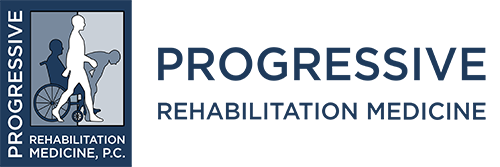Yes, we accept most major insurances.

F.A.Q.
Do you accept insurance?
Do you offer financing for medical procedures that are not covered by my insurance plan?
Yes. We use Care Credit for our financing — APPLY ONLINE
What is the difference between trigger point dry needling and acupuncture?
Trigger point dry needling is a medical procedure based on western neuroanatomic principles where the objective is to deactivate painful trigger points in the muscles and correct abnormal spinal reflexes that contribute to neuropathic and/or myofascial pain syndromes. Acupuncture is a technique used in traditional chinese medicine targeting meridian lines or energy fields that were mapped out by ancient scholars with the goal of restoring homeostasis or balance in the mind and body.
I am scheduled for an EMG. Can you tell me what I should expect?
The first portion of the test involves small shocks of electricity using a small metal probe delivered to different nerves in a way that allows us to measure how well those nerves are functioning. Often times this will feel like a light tap on the skin with a small twitch in the muscles. The second portion of the test involves inserting a very thin teflon coated needle into select muscles to measure the electrical properties of the muscles which gives information regarding the health of the muscle being tested and its connection to a nerve. This portion of the test gives information very similar to what an EKG tells you about your heart. The needle portion feels like a tiny pinch and gentle probing which most people tolerate without any problems. There is no sedation involved as very few people have any difficulty with this test. From start to finish the study may take anywhere between 30-60min to complete.
What is the difference between non-surgical spinal decompression and traction?
Non-surgical spinal decompression (NSSD) uses special computerized program and biofeedback sensors to measure how much pull is being generated on the spine and compensate for muscles spasms which can interfere with the process. Mechanical traction, motorized traction or hanging upside down lacks the technology to measure and compensate for your body’s natural tendency to want to guard if something is pulling on it. For this reason, there is a much higher tendency for a patient undergoing traction to experience painful muscle spasms that can interfere with physiologic decompression. The SpineMED decompression system is FDA approved for treating disc related neck and back pain. Patients undergoing SpineMed decompression often find the treatments so gentle and subtle that they often fall asleep on the table. In fact, patients who have tried mechanical traction in the past without success have reported dramatic relief with SpineMED NSSD.
Why do you advise to discontinue anti-inflammatory medicines before a PRP injection?
Anti-inflammatory medicines such as ibuprofen, naproxen, diclofenac, celebrex, etc. interfere with the normal process of healing. With autologous platelet matrix grafts we are harnessing your body’s natural ability to heal itself. Platelet’s are loaded with growth factors which play a direct role in stimulating metabolic pathways responsible for wound healing. Anti-inflammatory medications get in the way with this process and can potentially render the procedure less effective. We advise you to remain off of anti-inflammatory medicines from 7 days prior to your scheduled procedure and up to 4 weeks afterwards.

